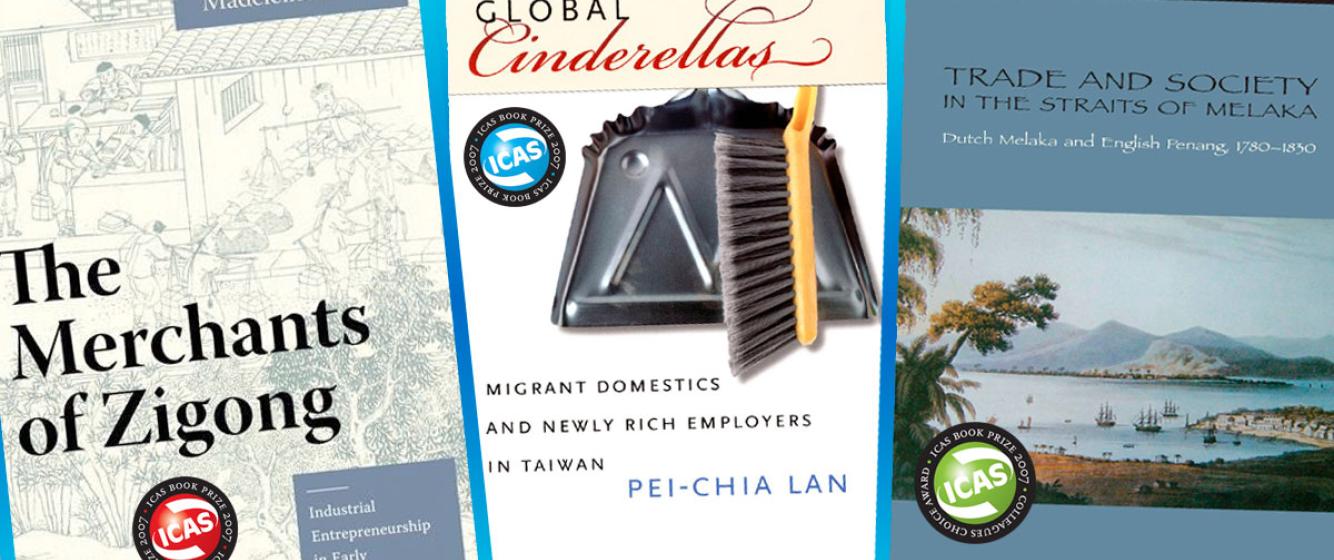
Shortlist and Winner IBP 2007 Social Sciences
Winner of IBP 2007 Social Sciences
Pei-Chia Lan, Global Cinderellas: Migrant Domestics and Newly Rich Employers in Taiwan. Duke University Press, 2006.
This is an important contribution to the sociology of international migration, globalisation and the intersections of gender and class in domestic work. Based on careful ethnographic research and interviews, Pei-Chia Lan provides a rich account of the daily life experiences of foreign guest workers in Taiwan. The analysis of the relationship between guest workers and their Taiwanese employers in the context of immigration policy sheds light on the broader picture of global inequality. The book also shows how the host society draws discriminatory boundaries against the foreign ‘other' and how foreign domestic workers, who are poor but often well-educated, negotiate their identities using their cultural capital (such as superior English language skills). The concluding part links the ethnographic story to broader issues of general theoretical concern. Well-written, and full of empathy the book will be read widely.
Shortlist IBP 2007 Social Sciences
David R. Ambaras, Bad Youth: Juvenile Deliquency and the Politics of Everyday Life in Modern Japan, 1898-1945. University of California Press, 2005.
John Roosa, Pretext for Mass Murder: The September 30th Movement and Suharto's Coup d'Etat in Indonesia. The University of Wisconsin Press, 2006.
This book is an excellent read. Its scope is somewhat small, focusing as it does on the events that constituted the attempted coup of 1 October 1965, but the author does a superb job in recreating these events. And of course, in view of their consequences, these events were in themselves sufficiently important to merit such scrutiny. The author does not let himself be sidetracked by imagined communities, globalization, modernity, or colonialism; he writes straightforward history. Who was where, when? What did he do? Do we have any sources that allow us to say, why people acted the way they did? If not, what is the most likely hypothesis? Suspense is maintained throughout. Important materials are introduced in full in the appendices. The final reconstruction of the events, including the measure of involvement of the communist party, is persuasive and even-handed.